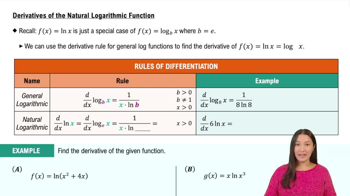{Use of Tech} Height and time The height in feet of a baseball hit straight up from the ground with an initial velocity of 64 ft/s is given by h= ƒ(t) = 64t - 16t² where t is measured in seconds after the hit.
c. Find the inverse function that gives the time t at which the ball is at height h as the ball travels downward. Express your answer in the form t = ƒ⁻¹ (h)






